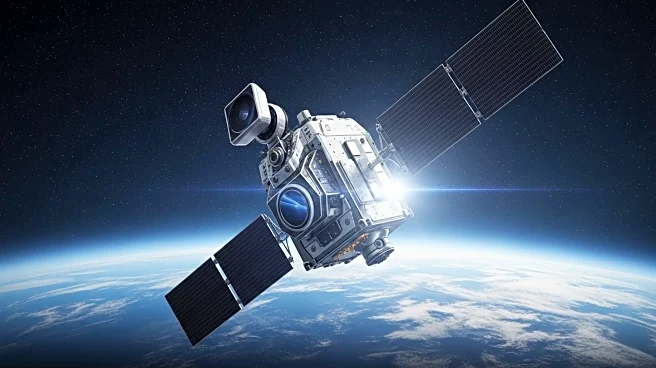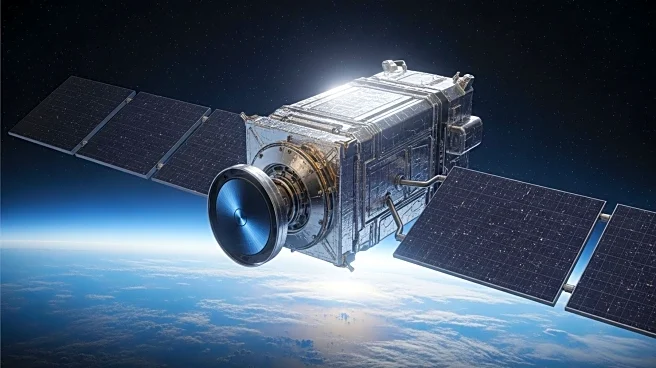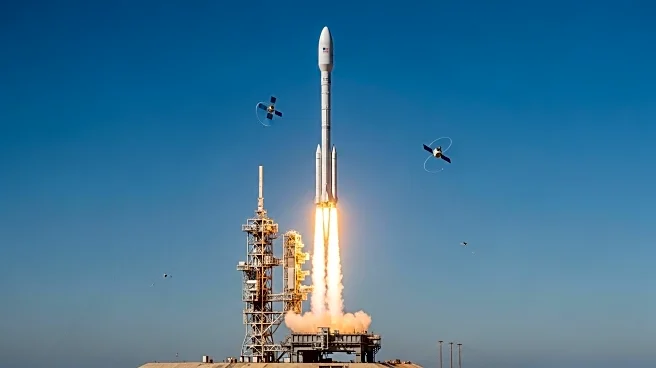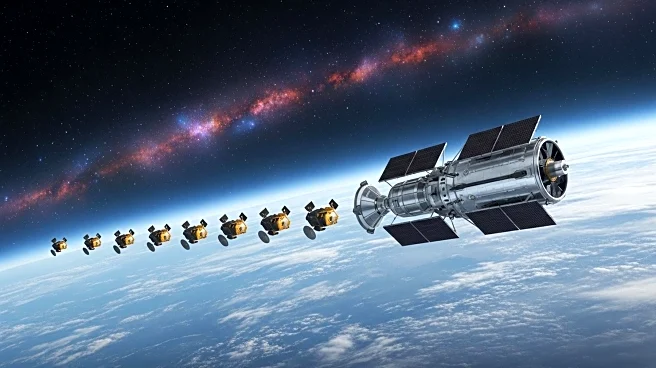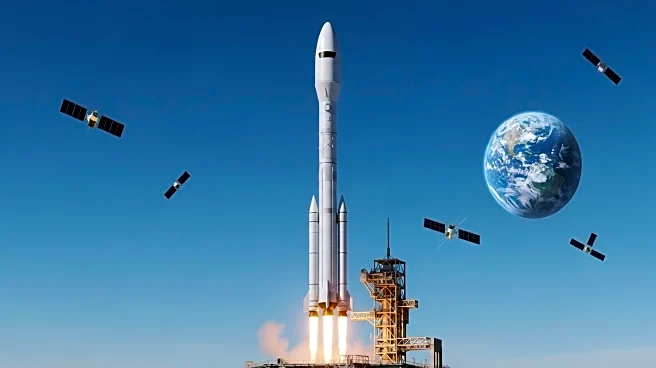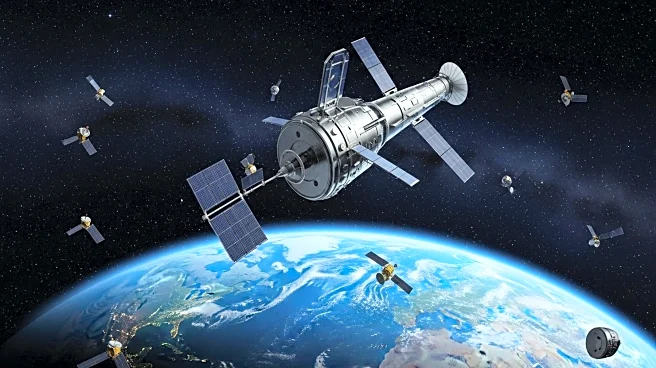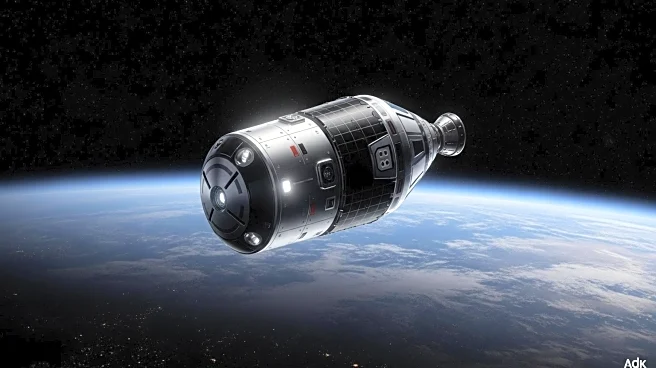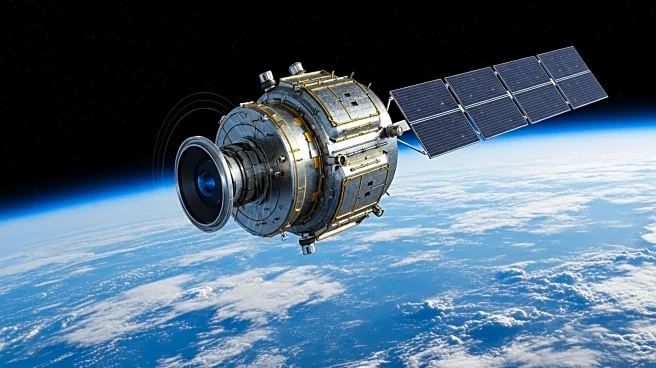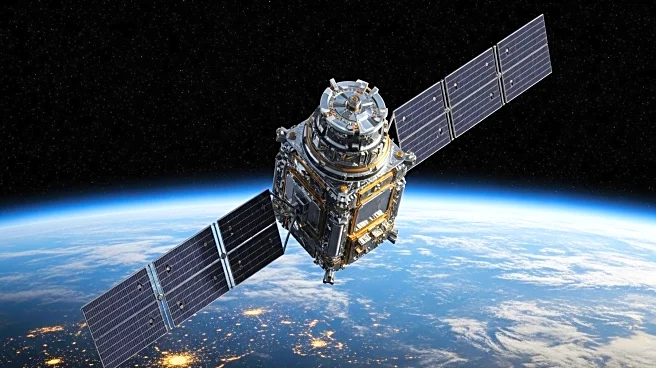What's Happening?
Planet Labs has successfully deployed its third and fourth Pelican satellites from a SpaceX Falcon 9 rocket. These satellites are part of Planet's efforts to replace its retiring SkySats and enhance its imaging capabilities. The Pelican satellites are designed to provide high-resolution imagery, complementing the company's existing fleet of SuperDove spacecraft, which capture daily images of the world's landmass at lower resolutions. The deployment marks a significant milestone for Planet Labs, as the satellites are the first to be produced by the company's manufacturing teams rather than its engineering teams. This shift to full-scale production is expected to increase efficiency and allow for parallel production lines, enabling faster satellite construction.
Why It's Important?
The deployment of Pelican satellites is crucial for Planet Labs as it aims to expand its imaging capabilities and maintain its competitive edge in the satellite imaging industry. The high-resolution imagery provided by Pelicans will allow for more frequent revisits to any location on Earth, enhancing data collection and analysis for various applications, including environmental monitoring and urban planning. The ability to automate satellite commissioning and operations further streamlines processes, reducing manual intervention and increasing productivity. This advancement positions Planet Labs to better serve its clients, including Japan's SKY Perfect JSAT, under a $230 million deal, and supports its mission to provide valuable insights through satellite data.
What's Next?
Planet Labs plans to launch additional Pelican satellites before focusing on those dedicated to the JSAT project. The company is also preparing to introduce a 'Gen2' Pelican satellite next year, which will offer even higher resolution imagery. Additionally, Planet Labs is exploring the use of AI techniques to enhance internal productivity and satellite operations, potentially involving future interns in applying generative AI tools to solve operational challenges. The company is also working on its second Tanager satellite, equipped with a hyperspectral imager, to further expand its data collection capabilities.
Beyond the Headlines
The automation of satellite operations and the integration of AI techniques represent a significant shift in how satellite data is managed and utilized. This approach not only increases efficiency but also opens up new possibilities for data analysis and application. The use of hyperspectral imaging in the Tanager satellite highlights Planet Labs' commitment to advancing technology and providing comprehensive data solutions. These developments could lead to broader implications for industries reliant on satellite data, such as agriculture, defense, and environmental science.
